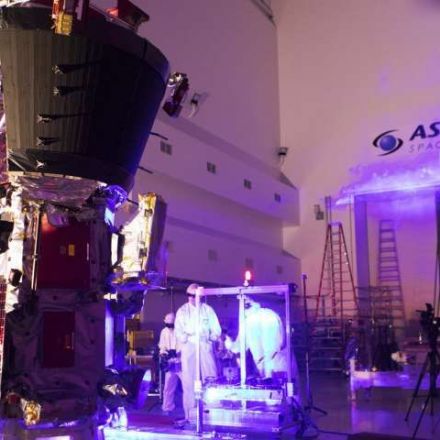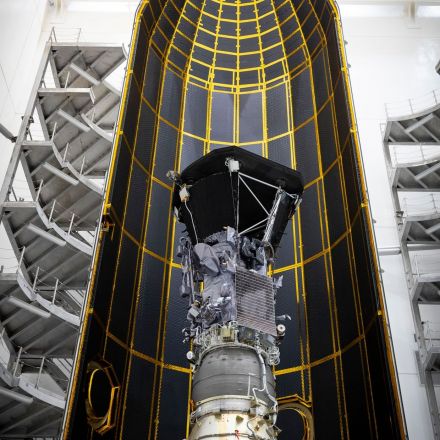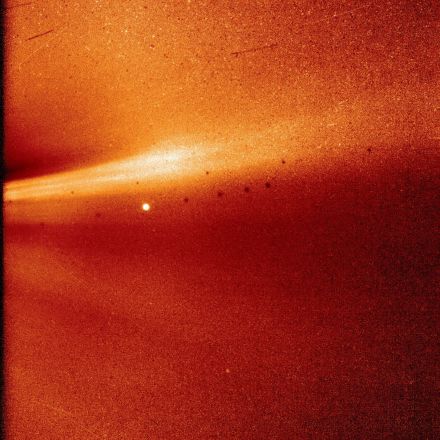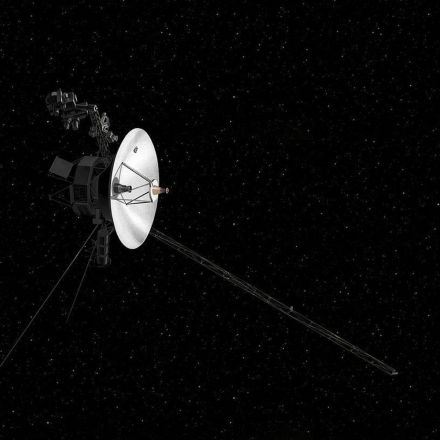

7 years ago
4
Traveling to the sun: Why won't Parker Solar Probe melt?
This summer, NASA's Parker Solar Probe will launch to travel closer to the Sun, deeper into the solar atmosphere, than any mission before it. If Earth was at one end of a yard-stick and the Sun on the other, Parker Solar Probe will make it to within four inches of the solar surface.
Continue Reading
Additional Contributions:



























Join the Discussion
“It won’t melt because empty space has a very low conductivity”.
Sure, it won’t heat up by conduction. What kind of an explanation is this?
Succinct?
Useless. Heat in space is transferred by radiation, not conduction. If the argument were correct, all the planets would be frozen.
Only heat flux radiation matters to the heat shield. The shield is a black-body radiator, as reflective and emissive as possible, shading as much of the craft as possible. The shield is connected to the craft by struts with as little conductivity as possible, the gap allowing the back side of the shield to radiate away from the craft. Only conduction matters on the craft, which is liquid cooled, and is as actually as conductive as possible to protect the instruments.